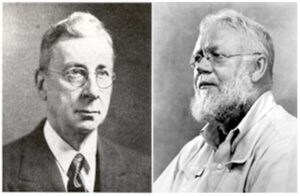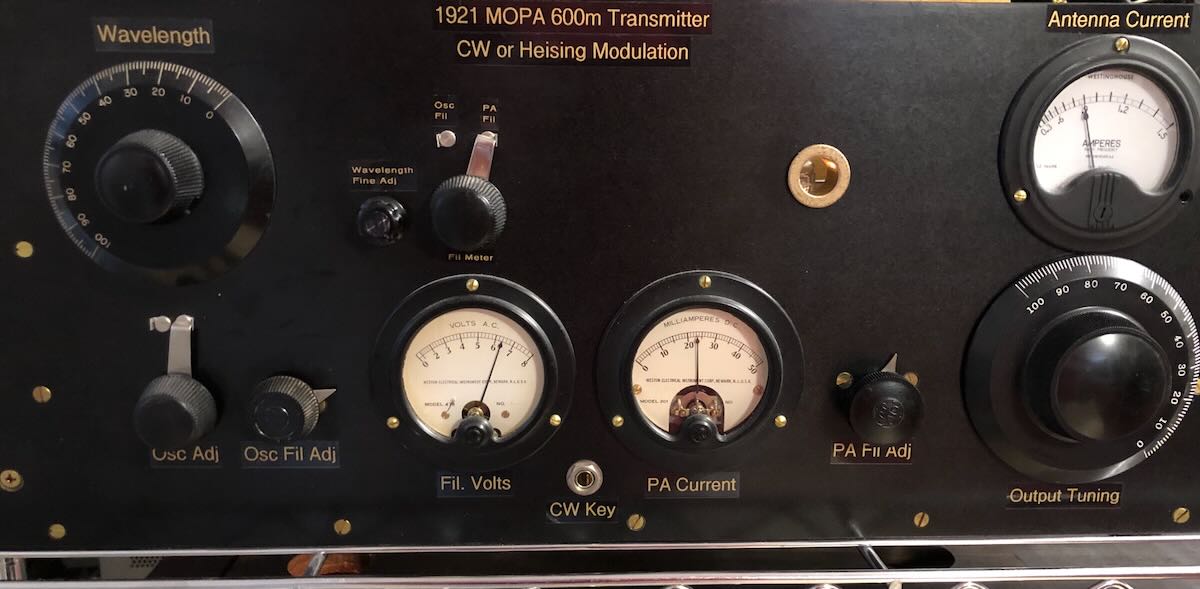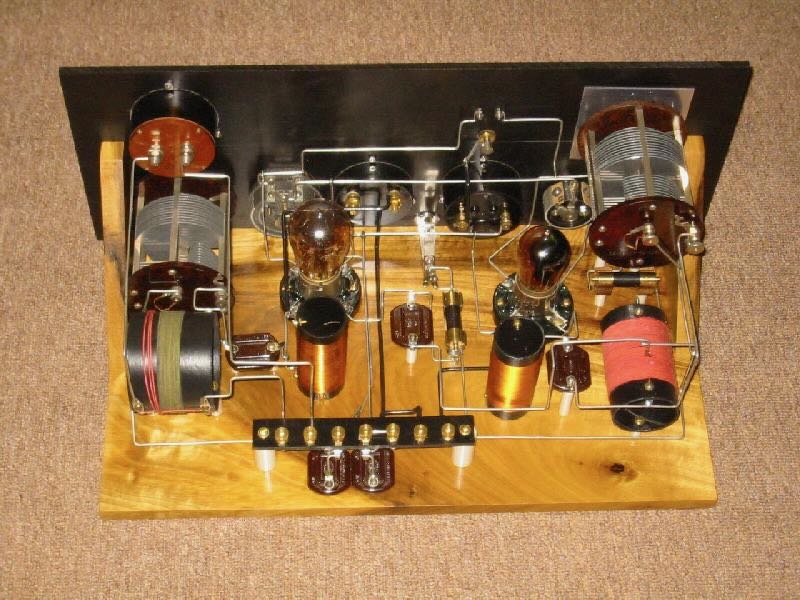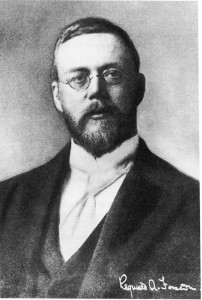
Canadian Reginald Aubrey Fessenden in his lab believed circa 1906 (Source: Radio Canada International)
(Source: ARRL News via Harald Kuhl)
The Canadian inventor, experimenter, and entrepreneur Reginald Fessenden has been credited as the inventor of radiotelephony. Fessenden claimed to have made his first voice — and music — broadcast on Christmas Eve in 1906 from Brant Rock, Massachusetts, although his account is disputed. As he has done each December for the past few years, Brian Justin, WA1ZMS, of Forest, Virginia, will transmit a program on 486 kHz, under authority of his FCC Part 5 Experimental License WI2XLQ ito commemorate Fessenden’s accomplishments.
Justin will transmit for at least 24 hours starting at around 2000 UTC on December 24, with a repeat transmission on New Year’s Eve likely, “keeping in step with what Fessenden was reported to have done on both nights in 1906,” Justin explained.Fessenden’s transmitter was most likely a high-speed “dynamo” or alternator — a predecessor to the later Alexanderson alternator — modulated by placing a carbon microphone in series with the antenna feed line to create an amplitude modulated signal. Fessenden a few years earlier had limited success making voice transmissions using a rotary spark gap transmitter. Fessenden fed his signal into a substantial antenna system erected in Brant Rock for his experiments. Accounts say on Christmas Eve 1906, he transmitted recordings of two pieces of music and read a verse from the bible.
Justin will use somewhat more modern equipment — a home-brew master oscillator, power amplifier (MOPA) transmitter based on a classic design from the early 1920s. It uses a UV-201 oscillator tube driving a VT-25 tube — a modern equivalent to a UV-202 — to generate “a few watts” on 486 kHz. His modulator consists of another VT-25, which uses a large inductor in the RF amplifier’s plate supply to serve as a Heising modulator. The audio program comes from a laptop computer.
“Heising modulation was used in World War I as an easy way to achieve AM in rigs such as those used in aircraft,” Justin said. “My particular Heising modulator can deliver only around 60% modulation, so an audio processor is used to help boost the average volume level ahead of the modulator tube.”
Justin uses far more modern technology to boost “the few watts” of modulated RF to drive a modified Hafler 9505 solid-state 500-W audio amplifier. “The idea for the amp came from W1TAG and W1VD,” he said, “and information on using such an amp on the 630 and 2200-meter ham bands can be found on the web.” After a multi-pole low-pass filter, the carrier output is 150 W.
Justin’s antenna is a Marconi T, crafted from a 160-meter dipole some 60 feet above ground and fed with open-wire line, which is shorted at the transmitter end. A homebrew variometer — constructed from 14-gauge wire wound on a piece of 4-inch diameter PVC pipe — is placed in series to resonate the antenna, which is fed against an extensive ground system. “Most of the RF is lost due to the ohmic losses of the ground system, but at least 15 W ERP is possible, depending on the dampness of the soil. Damp soil helps lower the ground losses,” Justin said.
Click here to read the full article on the ARRL News.
Listener reports may be sent to Brian Justin, WA1ZMS, at his QRZ.com address.
If you would like more information about Brian Justin and WI2XLQ, check out our interview with him in 2013. Indeed, I successfully heard the 2013 WG2XFG broadcast and posted this audio clip on the Shortwave Radio Audio Archive.
Additionally, SWLing Post reader, George Stein has a very personal connection with radio pioneer, Reginald Fessenden: click here to read his story.
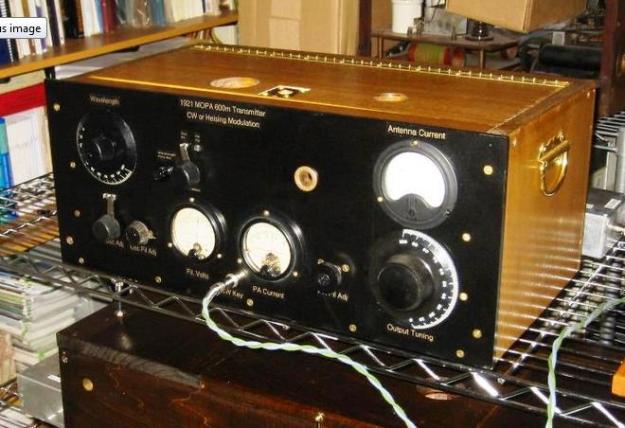 Many thanks to SWLing Post contributor, Brian (WA1ZMS), who shares the following announcement. Please spread the word:
Many thanks to SWLing Post contributor, Brian (WA1ZMS), who shares the following announcement. Please spread the word:
